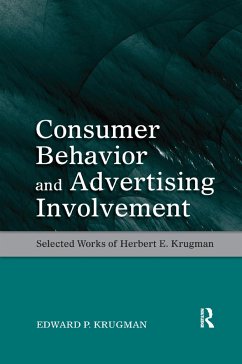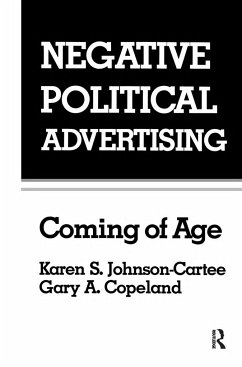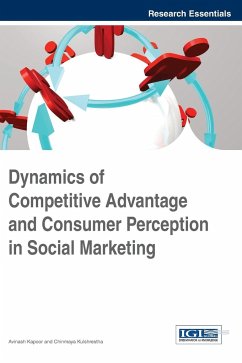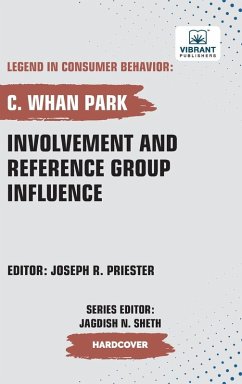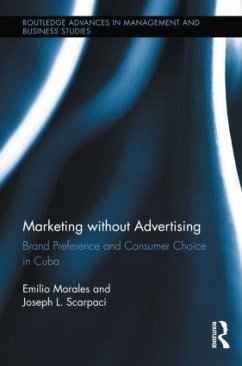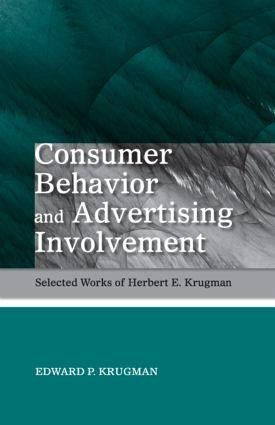
Consumer Behavior and Advertising Involvement
Selected Works of Herbert E. Krugman
Versandkostenfrei!
Versandfertig in 1-2 Wochen
172,99 €
inkl. MwSt.
Weitere Ausgaben:

PAYBACK Punkte
86 °P sammeln!
This book is an honor to the many important contributions of Herbert Krugman, past president of APA, The Division of Consumer Psychology and The Association for Public Opinions Research. This reader contains his selected works in Consumer Behavior and Advertising which combine insights from Cognitive Psychology, Social Psychology and Survey Methodology. William Wells, University of Minnesota, has provided the foreword and section overviews for the book which will help it appeal to all academics and students of consumer research.




